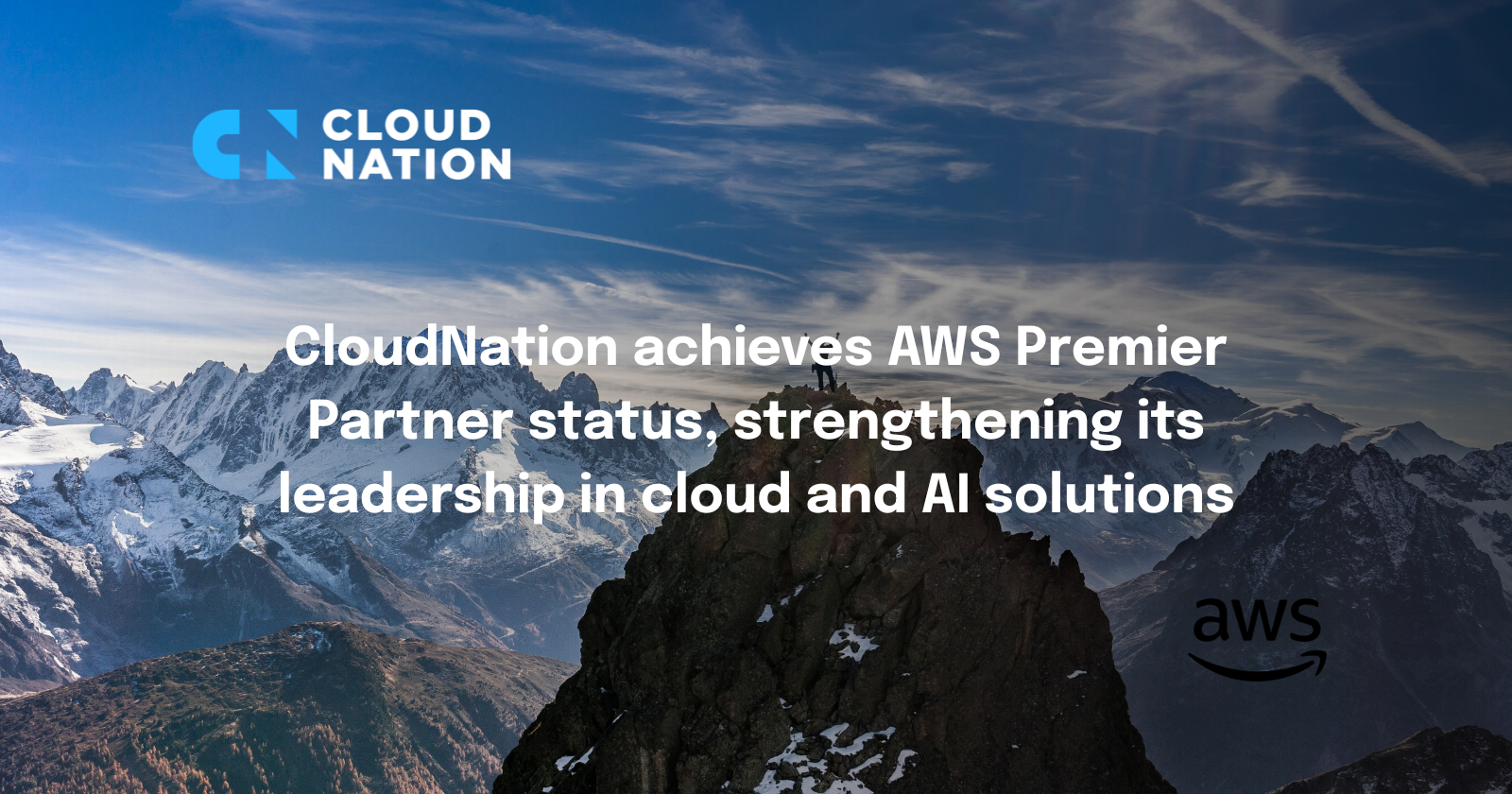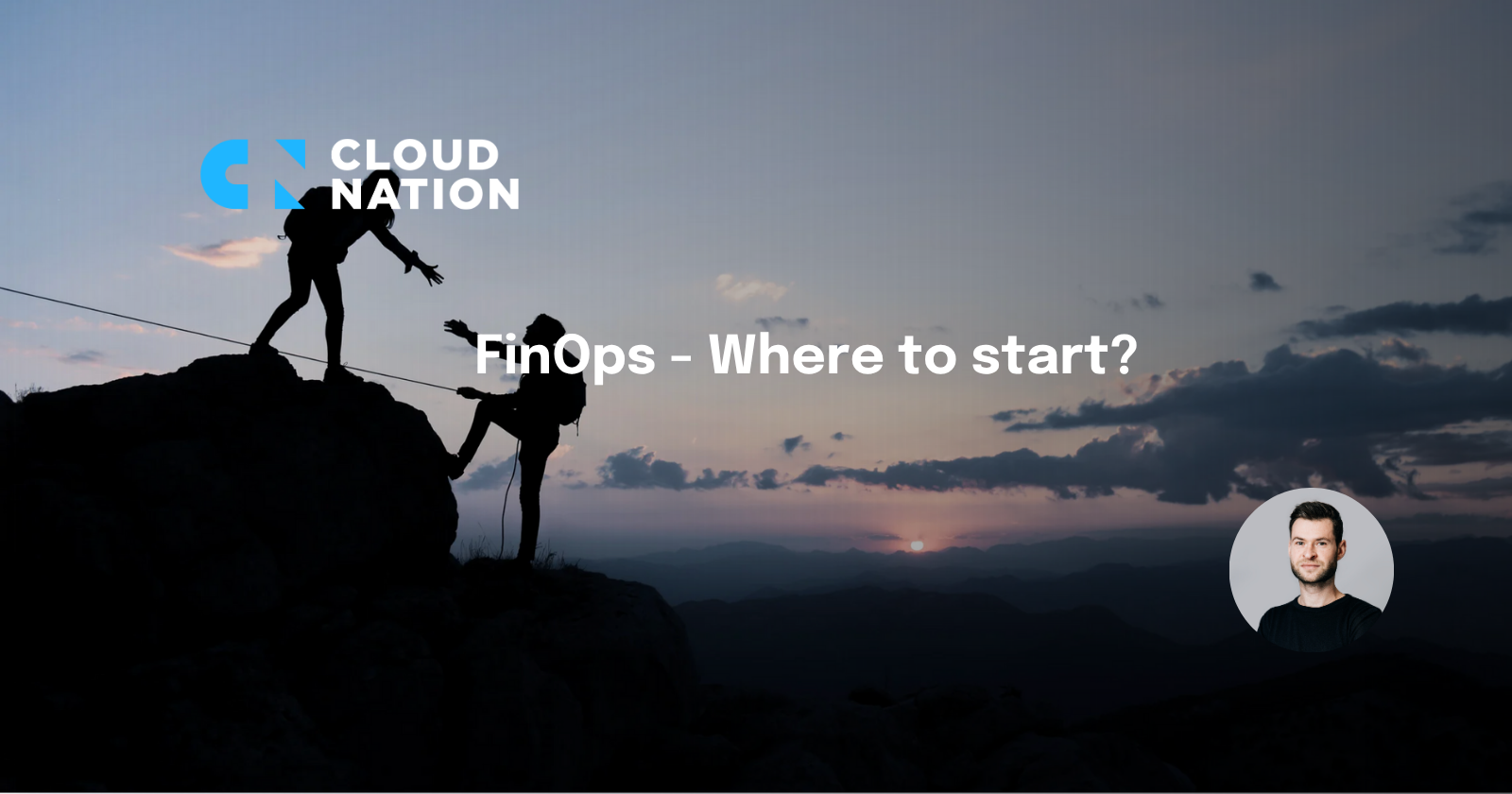The initial excitement of cloud migration can be dampened by ballooning cloud bills. In order to be, and remain cost-effective, you as a stakeholder must have a clear understanding of your cloud environment. This blog is your handbook to master cloud cost management with actionable strategies to boost visibility, control expenses, and maximize cloud value.
Why insight and analysis are crucial
Imagine navigating a maze while blindfolded. That’s what managing cloud costs is like without a clear view of your environment, processes, and alignment with business goals. A thorough initial assessment of your current situation is necessary to identify your expenses, financial management opportunities, and areas for process and cost optimization.
Key areas of cloud cost management
-
Optimize for value, not just cost
Go beyond simply reducing costs. Analyze your cloud usage to develop strategies that maximize the business value of your cloud investments.
-
Gain visibility and control
Establish a clear view of your cloud expenses. This enables informed decision-making, prevents unnecessary spending, and supports better cost control.
-
Identify improvement areas
Don’t just find issues—create actionable steps for improvements in cloud financial management and cost optimization.
-
Focus on continuous improvement
Regularly evaluate the effectiveness of cost management strategies and optimizations to refine your approach over time.
What to evaluate in your cloud environment
Achieving control over cloud costs requires a structured approach that emphasizes transparency, continuous optimization, and a culture shift within the organization.
1. Visibility of cloud spending
The cloud landscape is dynamic, influenced by resource usage, demand fluctuations, and pricing models. By regularly monitoring cloud usage and expenditures, organizations can discover cost trends and pinpoint optimization opportunities. Check if cost allocation practices are in place: this process divides consolidated bills across departments, making it clear who is using which services and for what purposes.
Quick wins for cost optimization
Capturing quick optimization wins can yield significant savings with minimal effort. Cloud providers offer native tools that provide immediate results, such as managing idle resources, right-sizing resources, and leveraging discounts.
-
Manage idle resources
Idle resources create unnecessary costs. By identifying and eliminating unused resources, you can immediately free up capacity and reduce expenses.
-
Right-size resources for optimal efficiency
Right-sizing aligns cloud resources with actual workload demands, eliminating over-provisioning and under-utilization. This saves costs without compromising performance. Right-sizing is often viewed as a quick win in cost management, but it requires careful consideration of factors such as:
- Performance requirements: Balancing cost savings with the need to maintain application performance and availability.
- Operational dependencies: Cloud resources are often interdependent. Right-sizing one component can affect others, so careful analysis and coordination are essential.
- Change management: Implementing right-sizing changes can involve major updates to existing systems, requiring planning, testing, and communication for a smooth transition.
2. Your cost awareness
To gauge your organization’s maturity level in cloud cost awareness, evaluate three core areas:
- Transparency – Are cost data easily accessible and organized into relevant categories?
- Resource management – Are right-sizing strategies in place, and are cost-effective services being used?
- Cultural awareness – Is there training on cloud cost management, and are accountability measures in place to encourage cost-conscious behavior?
Evaluating these elements will provide valuable insights into your organization's progress toward cloud cost maturity.
Tools and frameworks for cloud cost management
Major cloud providers offer native tools for cost management, including AWS Cost Explorer, AWS Compute Optimizer, AWS Trusted Advisor, and Azure Cost Management + Billing. These tools provide detailed spending insights, budgeting tools, and cost-saving recommendations. Third-party tools like Power BI, integrated with the Azure Cost Management connector, can be used for advanced cost allocation and multi-cloud management.
Frameworks like the AWS Well-Architected Framework and the Azure Cloud Adoption Framework offer a broader perspective. These frameworks focus on cost optimization by providing best practices for resource selection and promoting a culture of cost awareness.
Conclusion
By investing time and effort into a comprehensive assessment of your cloud environment and cost management practices, you can make more informed decisions, prioritize optimization efforts, refine cost management strategies, and ensure that your cloud journey remains cost-effective and delivers long-term value for your business.





